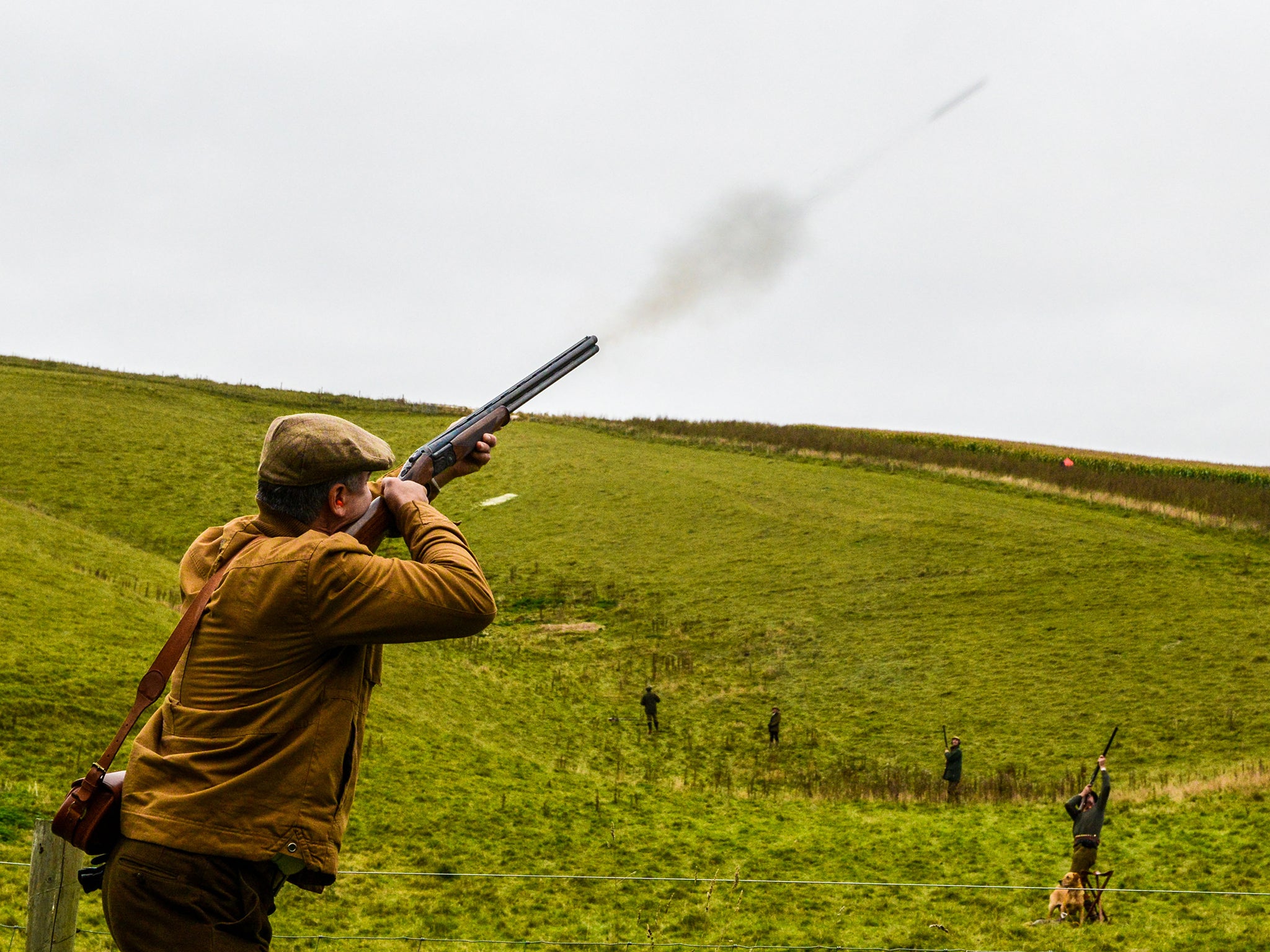Pheasant meat sold for food found to contain many tiny shards of toxic lead
“We know that there are thousands of people in the UK who eat game meat, often pheasant, every week,” says Professor Rhys Green

Your support helps us to tell the story
From reproductive rights to climate change to Big Tech, The Independent is on the ground when the story is developing. Whether it's investigating the financials of Elon Musk's pro-Trump PAC or producing our latest documentary, 'The A Word', which shines a light on the American women fighting for reproductive rights, we know how important it is to parse out the facts from the messaging.
At such a critical moment in US history, we need reporters on the ground. Your donation allows us to keep sending journalists to speak to both sides of the story.
The Independent is trusted by Americans across the entire political spectrum. And unlike many other quality news outlets, we choose not to lock Americans out of our reporting and analysis with paywalls. We believe quality journalism should be available to everyone, paid for by those who can afford it.
Your support makes all the difference.Pheasant meat sold for food is likely to expose consumers to toxic lead, even if the shotgun pellets are carefully removed, a study has found.
Lead fragments often form when lead shotgun pellets hit the bodies of gamebirds and become lodged deep within the meat.
Researchers at the University of Cambridge’s Department of Zoology examined the carcasses of eight wild-shot common pheasants killed on a farmland shoot using lead shotgun ammunition and on sale in a UK butcher’s shop.
They found small lead fragments embedded in every pheasant and lead shotgun pellets in seven of them.
The researchers found up to 10mg of tiny lead shards per pheasant, all of which were much too small to be detected by eye or by touch.
“While lead gunshot continues to be used for hunting, people who eat pheasant and other similar gamebirds are very likely to be also consuming a lot of tiny lead fragments,” said Professor Rhys Green, first author of the study.
“An earlier study in rats showed that when consumed, more lead is absorbed into the body from smaller fragments than from larger ones.
“It seems to have been widely assumed in the past that a lead shot embedded in a pheasant carcass remained intact, and could be removed cleanly before the pheasant was eaten – removing any health risk.
“Our study has shown the extent to which this is really not the case.”
Lead is toxic to humans when absorbed by the body and there is no known safe level of exposure.

The metal accumulates in the body over time and can cause long-term harm, including an increased risk of cardiovascular disease and kidney damage in adults.
It is known to lower IQ in young children and affects the neurological development of unborn babies.
Prof Green added: “By eating pheasant, people are also unwittingly eating lead, which is toxic.”
“One pheasant is a reasonable meal for two or three people. Consuming this much lead occasionally wouldn’t be a great cause for concern – but we know that there are thousands of people in the UK who eat game meat, often pheasant, every week.”
Around 11,000 tonnes of meat from wild-shot gamebirds, mostly pheasant, are eaten in the UK every year. Virtually all pheasants shot in the UK for human consumption are killed using lead shot.
“It’s rare for people eating game meat to accidentally eat a whole lead shot because they’re cautious about damaging their teeth and know to check for lead shotgun pellets in the meat.
“But the lead fragments we found in pheasant carcasses were so tiny and widely distributed that it’s very unlikely they would be detected and removed,” added Green.
There are no UK or EU regulations about the maximum allowable levels of lead in human food from wild-shot game animals.
The results are published today in the journal PLOS ONE.




Join our commenting forum
Join thought-provoking conversations, follow other Independent readers and see their replies
Comments